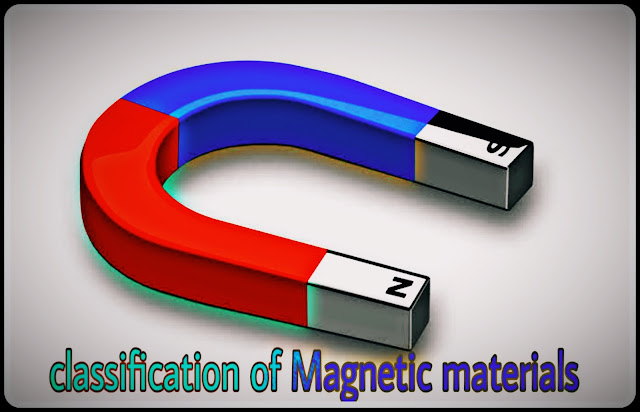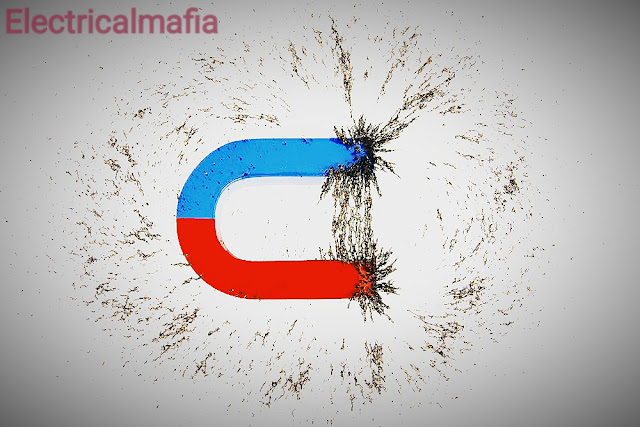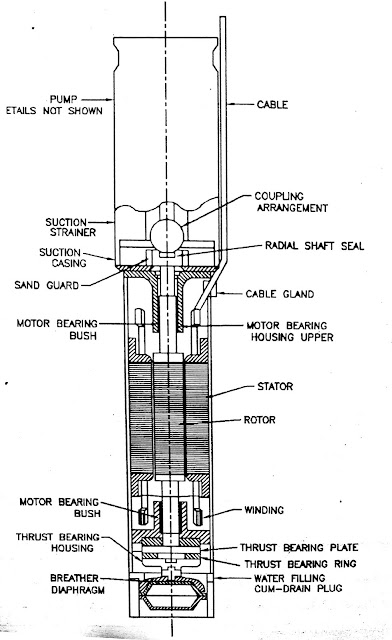DO YOU KNOW ABOUT FUSES??
Here present the article about the basic knowledge of fuses.
Fuse is perhaps the simplest and cheapest device used for interrupting an electrical circuit under short-circuit, or excessive overload, current magnitudes. As such,it is used for overload and/or short-circuit protection in high-voltage(upto 66 kV)and low-voltage(upto 400 V)installations circuits. In high-voltage circuits their use is confined to those applications where their performance characteristics are particularly suitable for current interruption. A action of a fuse is based upon the heating effect of the electric current.
In a normal operating conditions, when the current flowing through a circuit is with in safe limits, and heat developed in the fuse element carrying these current is readily dissipated into the surrounding air, and fuse element remains at a temperature below its melting point.
In a normal operating conditions, when the current flowing through a circuit is with in safe limits, and heat developed in the fuse element carrying these current is readily dissipated into the surrounding air, and fuse element remains at a temperature below its melting point.
However,when some fault,such as short-circuit occurs or when load connected in a circuit exceeds its capacity,the current exceeds then limit value,the heat generated due to this excessive current cannot be dissipated fast enough and the fusible element gets heated, melted and breaks the circuit.
It thus protects a machine or apparatus or an installation from damage due to excessive current. The time for blowing out of fuse depends upon the magnitude of the excessive current.Larger the current, the more rapidly the fuse will blow i.e.,the fuse has inverse time-current characteristic.
Such a characteristic is desirable for protective gear. Essentially,a fuse consists of a fusible element in the form of a metal conductor of specially selected small cross-sectional area,a case or cartridge to hold the fusible element,and In some cases provided with a means to aid arc extinction. The part is actually melts and opens the circuit is known as the fuse element. It forms a series part of the circuit to be protected against short- circuit or excessive overloads.
Fuse Element Materials:
This materials is used for fuse elements must be of low melting point,low ohmic loss,high
conductivity(or low resistivity),low cost and free from deterioration.Experience has shown that the most generally Suitable material for the fuse element is a low melting point material such as tin,lead or zinc.
The present trend is to uses silver as fuse element material despite its higher cost.
Necessity of Fuse in an Electric Circuit:
If no fuse or other similar device is provided in the circuit then a dangerous situation would be created on developing of faults such as overload,short-circuit or earth faults.
In case of overload,short-circuit and heavy earth faults an heavy current will continue to flow through the consuming apparatus, current carrying cables or wires and other current carrying equipment. Due to flow of heavy current through the cables or wires,apparatus etc.,these will get heated up and so damaged.The fire may also break out. In case of earth leakage fault,(i.e.on the body of the electrical apparatus becoming alive),the body of the electrical apparatus will continue to be alive and at much higher potential above that of the earth.In such circumstances any person coming in contact with the metal body of the apparatus is liable to get an electric shock,even if it is earthed.
The main function of a fuse is to blow out under a fault and isolate the faulty section from the live side.If the fuse is provided on neutral wire,in place of live wire,then in abnormal conditions though the fuse will blow out but the lamp or other apparatus still remains connected to the live wire and in case of leakage some trouble will arise and cause a considerable damage.In case the earth fault takes on the neutral wire between lamp and fuse provided in it,the fuse will blow out because the neutral wire is slightly at a higher potential with respect to earth and so the fault current flows through the neutral wire and fuse melts itself.The current will flow through the live wire,lamp,neutral wire and earth fault,even after the fuse has blown out and this may cause serious damage to the wiring,the apparatus connected or building itself.
If fuses of same capacity are provided on the phase wire and neutral,then in case of short-circuit fault,one of them will blow out first.If the fuse on neutral wire blows out first,
the fuse in phase line remains intact and faulty apparatus still remains connected to the live.If some person comes in contact
with the faulty apparatus,he is liable to get electric shock.In case the installation is connected to 3-phase 4-wire supply system and fuses are provided on both live and neutral wire and fuse on neutral wire blown out then voltage of each phase to neutral will become considerably different which is not desirable. Hence the fuse is provided only in phase or live pole never on neutral pole.
Fuses have following advantages and disadvantages.
Advantages.
- It is the cheapest form of protection available.
- It needs no maintenance.
- The operation is inherently completely automatic unlike a circuit breaker which requires an elaborate equipment for automatic action.
- The interrupts enormous short-circuit currents without noise,flame,gas or smoke.
- The min. time of operation can be made much smaller than the circuit breakers.
- The minimum sizes of fuse element impose a current limiting effect under short-circuit conditions.
- Its inverse time-current characteristic enables it use for overload protection.
Disadvantages.
- Its Considerable time is lost in rewiring or replacing a fuse after operation.
- On a heavy short-circuits,discrimination between fuses in series cannot be obtained unless there is considerable differences in the relative sizes of the fuses concerned.
- The current-time characteristic of an fuse cannot always be correlated with that of the protected device.
The function of fuse wire is
- to carry the normal working current safely without heating and
- to break the circuit when the current exceeds the limiting current.






















